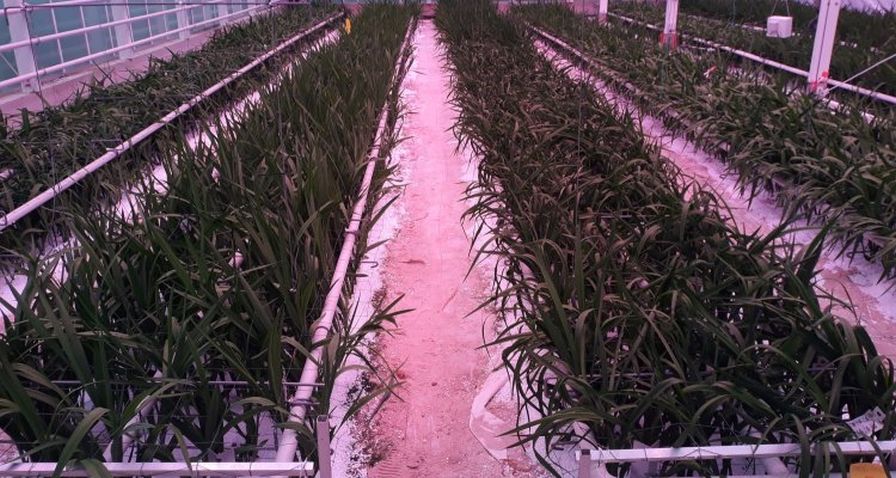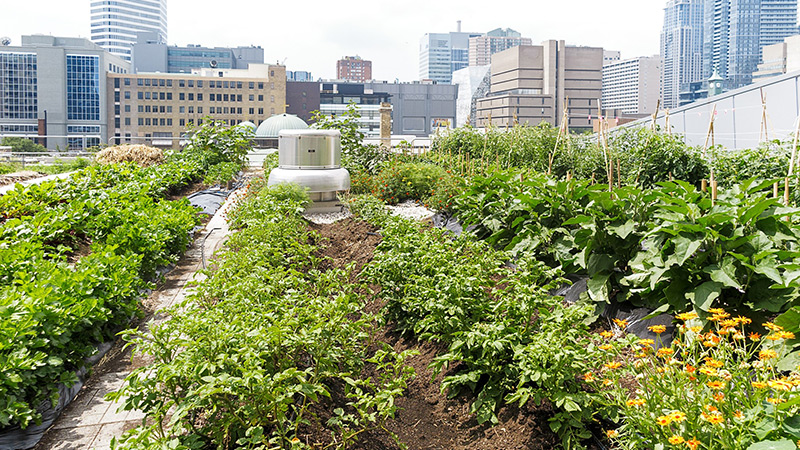Why Saving Energy in the Greenhouse Can Also Affect Natural Enemies

Photo: Wageningen University & Research
Due to high energy prices, growers sometimes have to make difficult decisions when it comes to heating, screening, and use of lighting. Each of these not only change greenhouse conditions, they can also make natural enemies become less active at times when pests continue to develop.
The Greenhouse Horticulture and Flower Bulbs Business Unit of Wageningen University & Research (WUR) is addressing this with its plans to investigate which new, mainly indigenous, natural enemies could be used in greenhouse horticulture.
Pests such as whitefly and aphid can continue to reproduce at lower temperatures. They also do this during the winter. As soon as the temperature rises in the greenhouse, the population can suddenly grow rapidly. Natural enemies such as the parasitic wasp are less active in winter and are therefore less effective. This phenomenon has already occurred in recent years because growers have started to grow more energy consciously. But in the wake of rising energy prices, the problem has become worse, including in the cultivation of gerbera, bell peppers, and roses.
WUR researchers plan to investigate whether indigenous natural predators, such as various Orius species (predatory bugs), ladybirds, and lacewings, are more resistant to lower temperatures and lower light intensity, or whether these species can be further developed. In addition, WUR wants to investigate the use of entomopathogenic fungi. WUR is looking for partners for this, including suppliers and growers. Those who want to participate in the research can contact Ada Leman of the Greenhouse Horticulture and Flower Bulbs Business Unit of Wageningen University & Research at [email protected].








